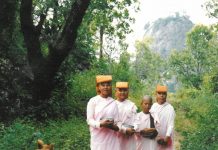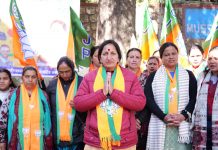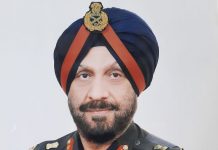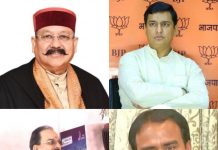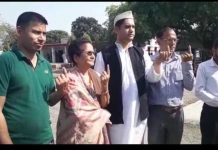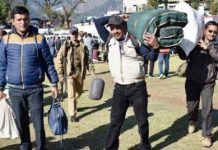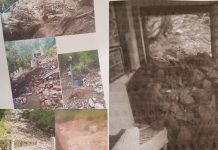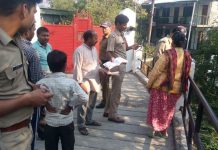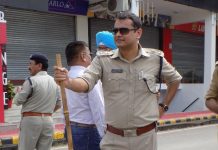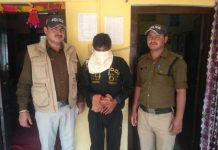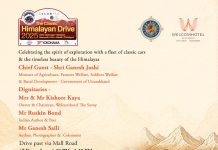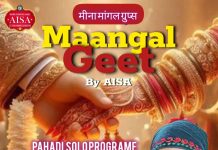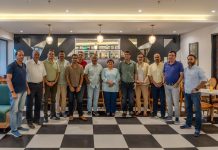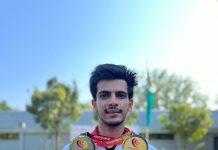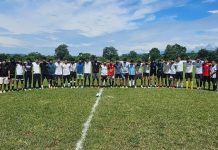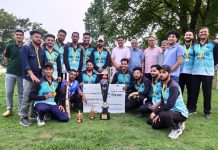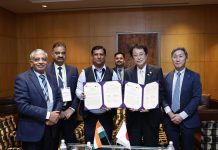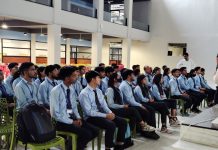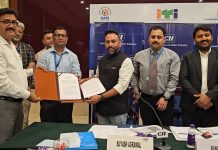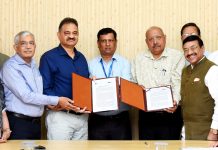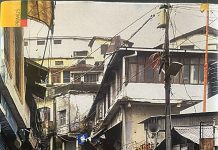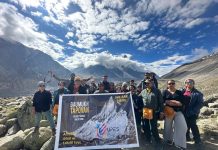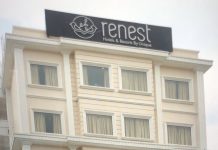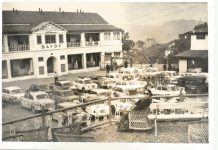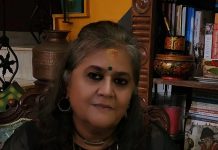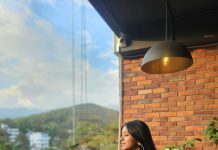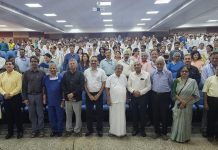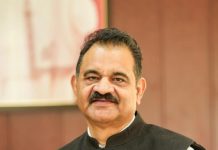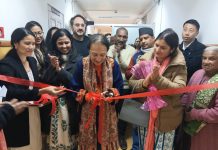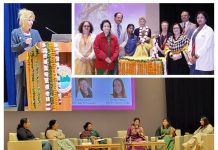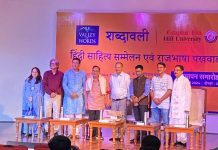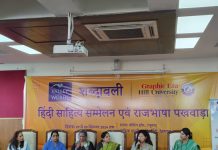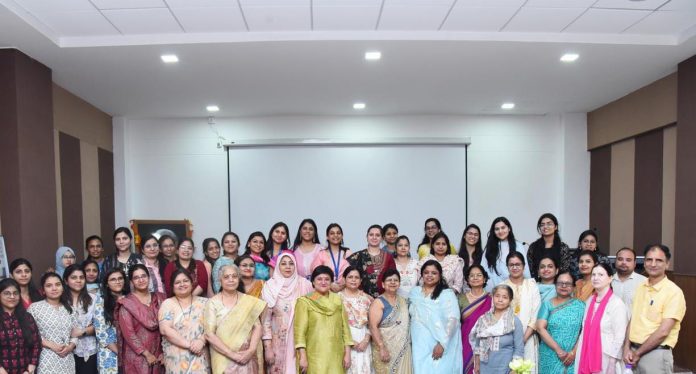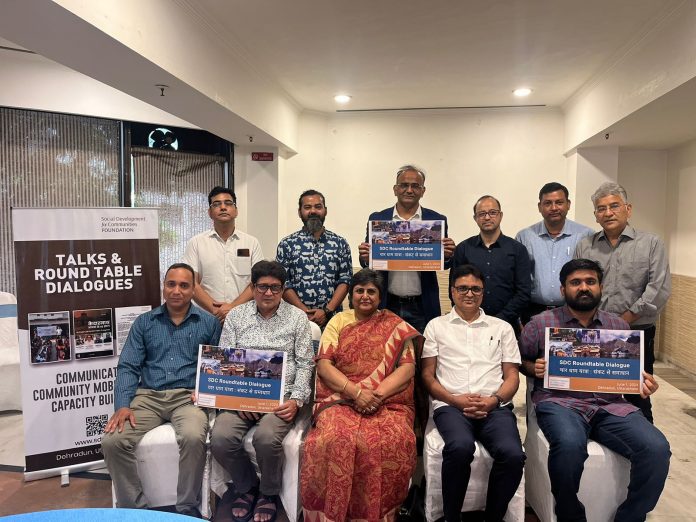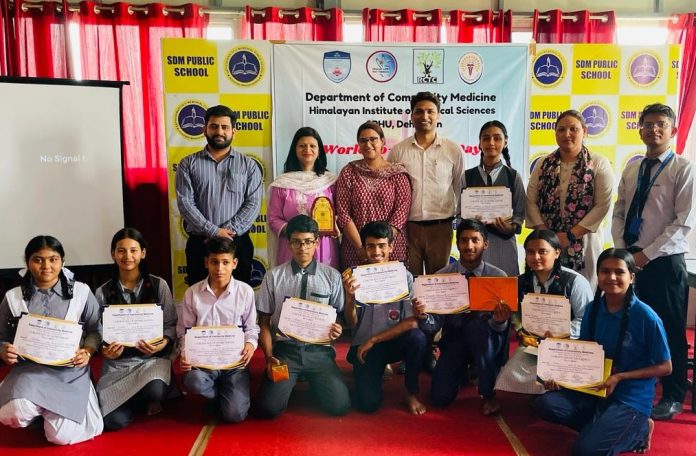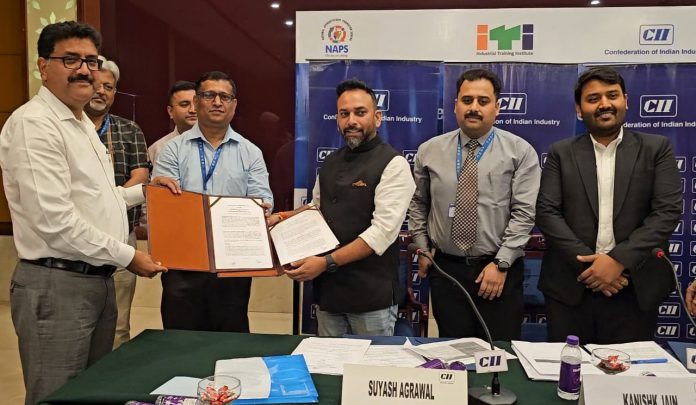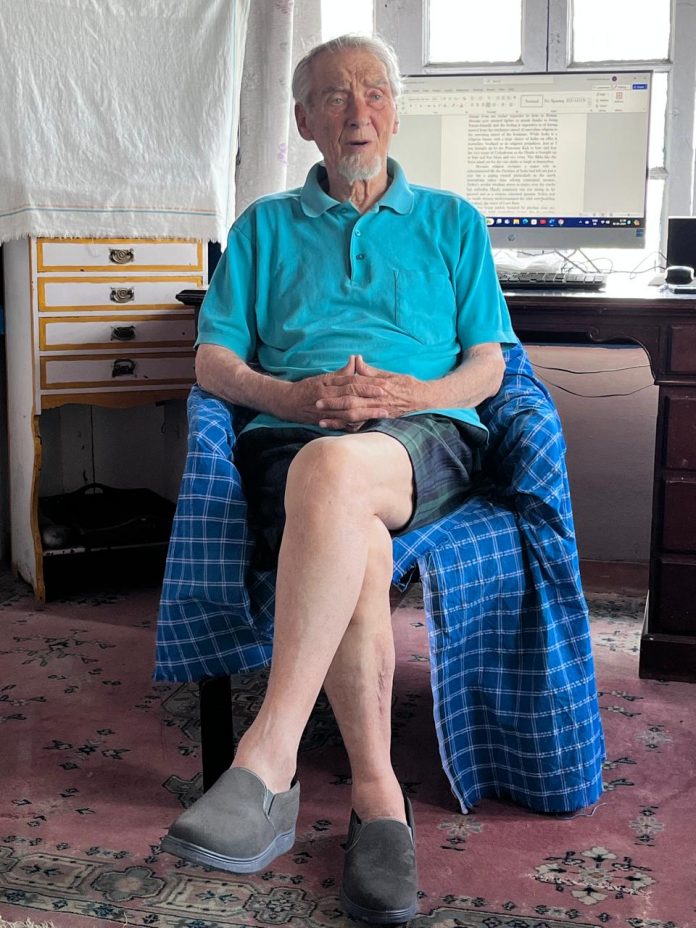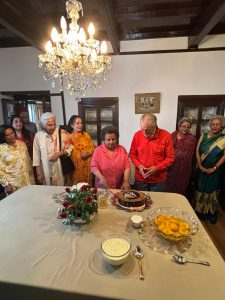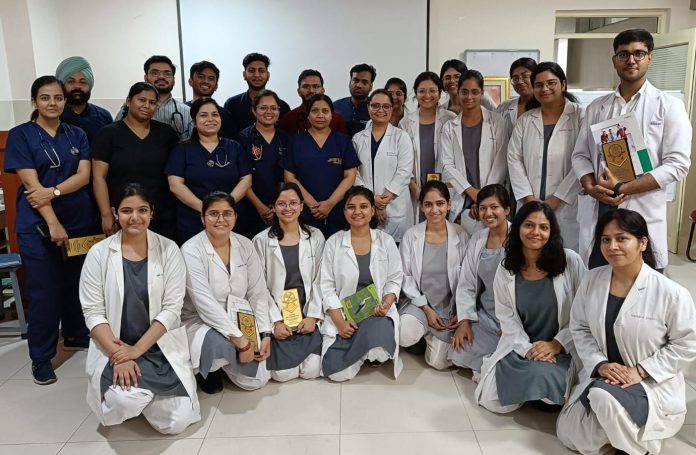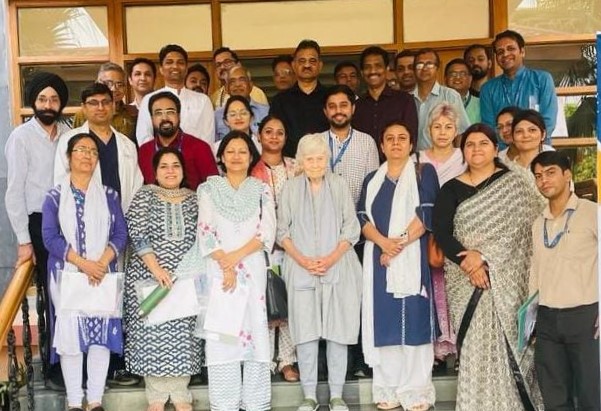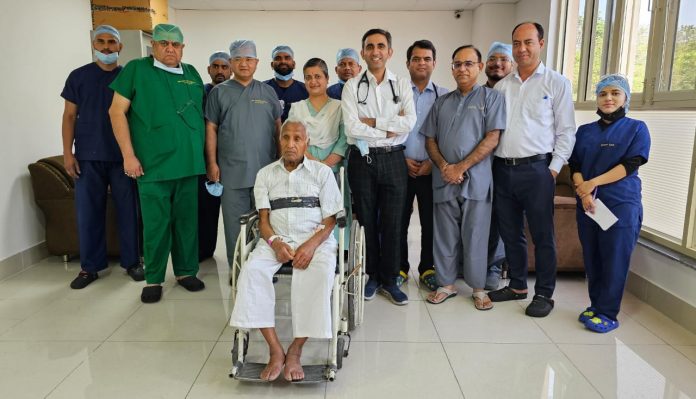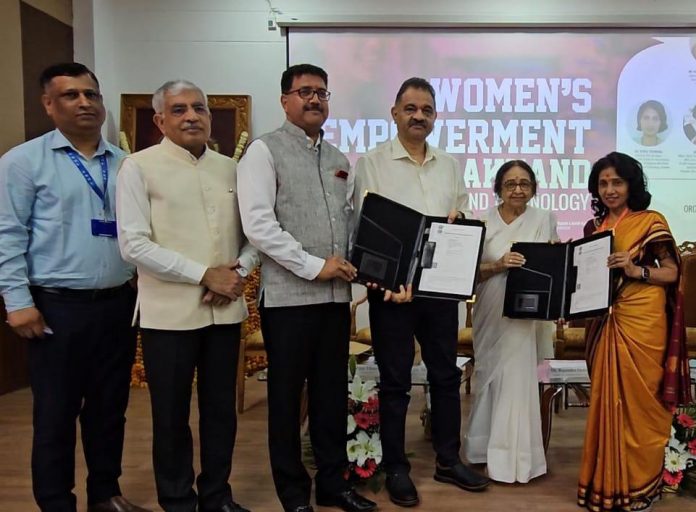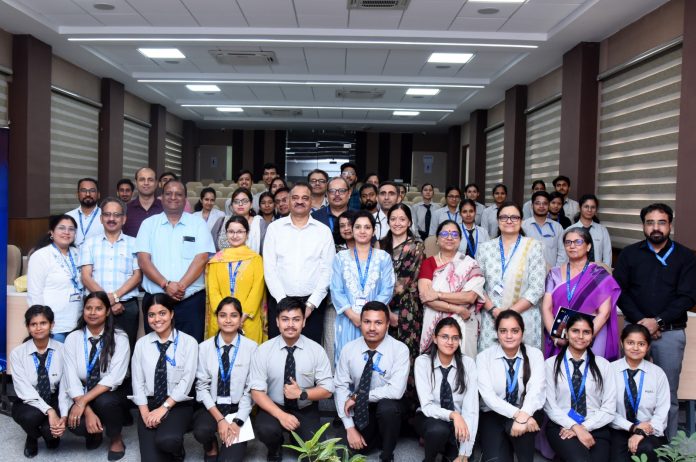Dateline Dehradun: The healthcare community came together to mark International Clinical Trials Day at Swami Rama Himalayan university, a momentous occasion celebrating the pivotal role of clinical research in shaping the future of healthcare. Amidst the festivities, a special workshop on Good Clinical Practice (GCP) was conducted, underscoring the commitment to upholding ethical standards and ensuring the integrity of clinical trials.
As part of the global observance of this special day a distinguished workshop on Good Clinical Practice (GCP) was organized by Dr Bindu Dey Chairperson Clinical Trial Committee SRHU and Dr Nikku Yadav Coordinator Clinical Trial Centre SRHU, spotlighting key principles and best practices essential for maintaining the integrity and ethical conduct of clinical research. Led by esteemed speakers Dr. NK Arora, Executive Director Incline Trust International, Sanjay Gupta, M/s Catalyst Clinical Services Pvt. Ltd., Delhi and Prof. DC Dhasmana, Department of Pharmacology SRHU the workshop provided attendees with invaluable insights.
Dr. NK Arora, a leading authority in the field of clinical research, delivered a compelling presentation on the key principles of Good Clinical Practice. Emphasizing the importance of ethical conduct, patient safety, and data integrity, Dr. Arora underscored the fundamental principles that serve as the bedrock of GCP compliance.
The inaugural session commenced with an enlightening discourse on the significance of clinical trials and the paramount importance of patient safety. Led by esteemed speakers Dr. Ashok Kumar Deorari Pincipal Himalayan Institute of Medical Sciences and Dr. Hemchandra Director Medical Services, Himalayan Hospital the session set the stage for a day of reflection, collaboration, and innovation in the field of clinical research.
Dr. Ashok Kumar Deorari, a renowned expert in neonatology and clinical research, delivered a poignant address on the importance of clinical trials in advancing medical knowledge and improving patient care. He underscored the critical role of rigorous scientific inquiry in evaluating new therapies, interventions, and medical technologies, emphasizing the indispensable contribution of clinical trials to evidence-based medicine.
Dr. Hemchandra, a distinguished clinician and patient safety advocate, elucidated the principles and practices essential for safeguarding the well-being of research participants in clinical trials. Drawing from his extensive experience in healthcare quality improvement, Dr. Hemchandra emphasized the ethical imperative of prioritizing patient safety at every stage of the clinical trial process, from protocol development to post-market surveillance.
Sanjay Gupta, a seasoned professional with extensive experience in clinical trial management, shared practical insights into implementing GCP standards in clinical research. Drawing from his wealth of expertise, he elucidated strategies for ensuring protocol adherence, regulatory compliance, and quality assurance throughout the trial lifecycle.
Prof. DC Dhasmana, a distinguished academic and researcher, provided a comprehensive snapshot of Good Clinical Practice, offering attendees a nuanced understanding of its core tenets and application in real-world scenarios. Prof. Dhasmana’s presentation encompassed a wide range of topics, from risk management to informed consent, highlighting the multifaceted nature of GCP compliance.
Dr. Deorari and Dr. Hemchandra candidly addressed the challenges and opportunities facing the clinical research community, including issues related to patient recruitment, data quality, regulatory compliance, and access to innovative therapies. They called for collaborative efforts amongst stakeholders to address these challenges and harness emerging technologies and methodologies to enhance the efficiency and effectiveness of clinical trials.
In the valedictory session, Dr Rajendra Dobhal, Vice Chancellor Swami Rama Himalayan University, and Prof Vijendra D Chauhan, Director General Academics and Development SRHU awarded the Certificates of appreciation to the Clinicians working hard in conducting clinical trials namely Dr SK Verma, Dr Kunal Gururani, Dr Ankit Batra, Dr Avtiti Bhaveja and Dr Akash Rawat. Dr Dobhal reiterated, “At SRHU, our mission in the realm of clinical trials is clear and resolute: to conduct research that translates scientific discoveries into tangible benefits for patients and communities. We are dedicated to fostering a culture of innovation, collaboration, and excellence in clinical research, with a steadfast commitment to upholding the highest ethical standards and ensuring the safety and well-being of research participants.“
Dr Bindu Dey said that the workshop featured interactive learning sessions designed to engage participants and foster meaningful discussions. Topics ranged from protocol adherence and regulatory compliance to risk management and quality assurance, empowering attendees with practical knowledge and tools to excel in their roles within the clinical research ecosystem.
Dr Nikku Yadav said that all participants including students of MSc Clinical Research had the opportunity to network with peers, mentors, and industry professionals, facilitating knowledge exchange and collaboration. The workshop served as a platform for fostering connections and building relationships across diverse sectors of the clinical research community.
Following each presentation, interactive discussions and Q&A sessions provided participants with the opportunity to engage directly with the speakers, seek clarification on complex topics, and share their own perspectives and experiences. The lively exchange of ideas fostered a dynamic learning environment and enriched the workshop experience for all attendees. Those present included were PG students, Clinicians, and faculty members of HIMS, HSBS and Somaya Research and Health Service delegate. Dr Sanchita HCN Principal, Dr Sanjay Gupta HSBS Principal, Prof Asha Chandola-Saklani, Dr Nupur Joshi, Dr Vikash Jadon, Dr Geeta Bhandar, Dr Taruna Sharma HOD Pharmacology, Dr AK Srivastava HOD Community Medicine, Dr Ruchi, Dr Deep Shika, Mr Abhinav Bahuguna, Dr Abha Srivastava HOD Physiology, Dr Deepa Singh HOD Anatomy, Dr Aksh Dubey, Dr Nupur Joshi, Dr Vikash Jadon, Dr Geeta Bhandari and Dr Rajeev Bijalwan Deputy Director Health RDI.

